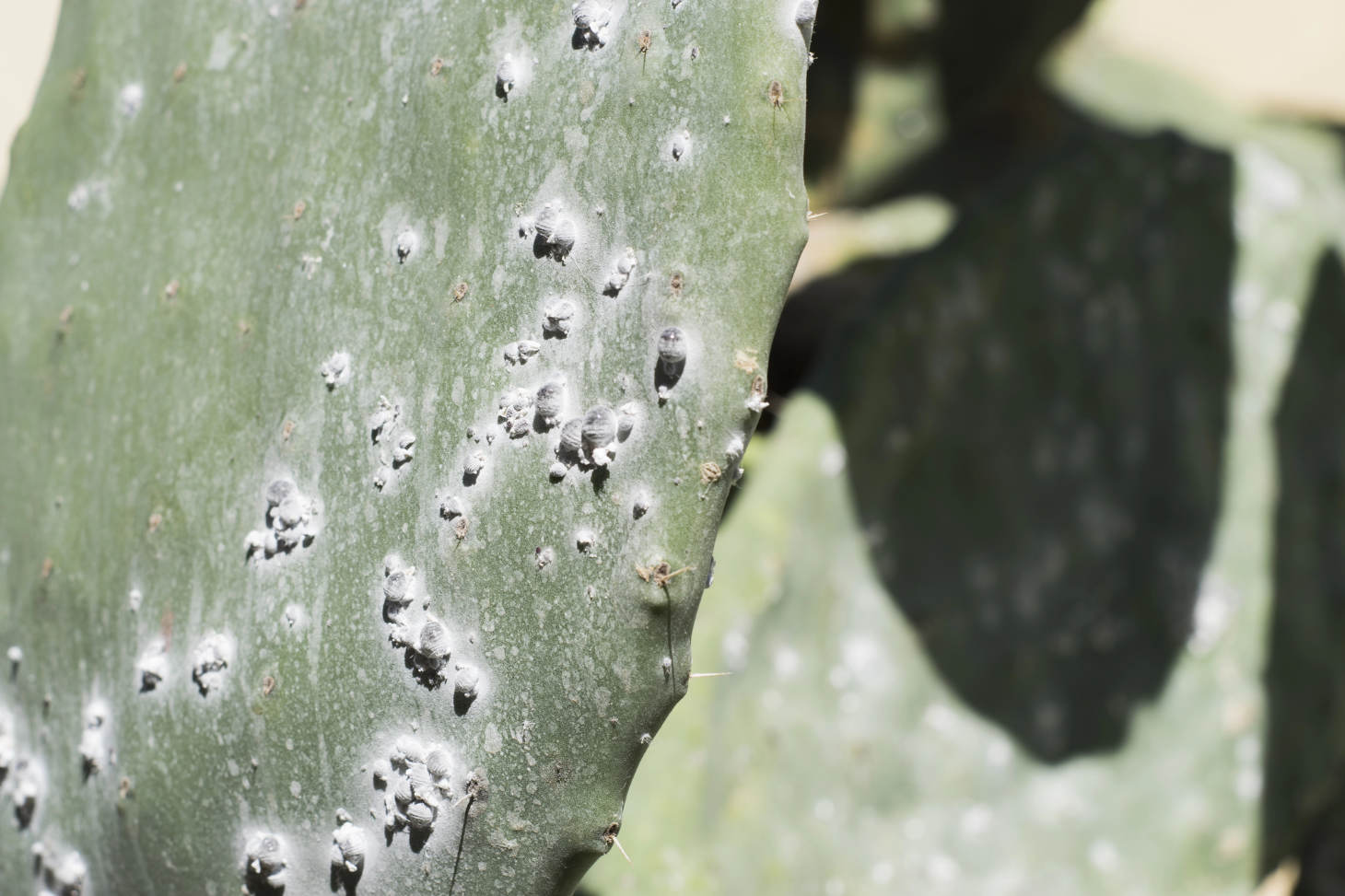Why Is My Cactus Turning White?
If you’ve ever noticed your cactus turning white, you’re not alone. A common cause is exposure to too much direct sunlight. Cacti are known for their ability to thrive in harsh conditions, but even they can suffer from sunburn if the sun’s rays are too intense for too long. The UV light can bleach the surface, leading to a white appearance.
Overwatering might be another reason your cactus is turning white. When a cactus gets too much water, it can impact the plant’s health and cause discoloration. It’s crucial to allow the soil to dry out between waterings to prevent this issue.
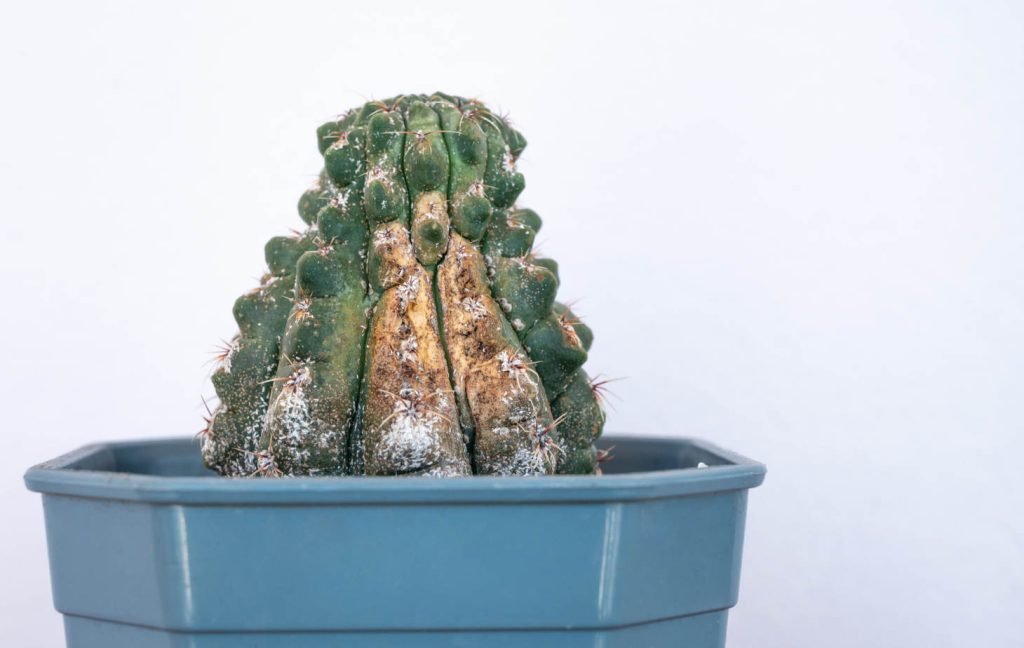
Another possibility is corking, which is a natural process where your cactus forms a woody, dry layer at the base as it ages. This can appear white or tan and is usually nothing to worry about if the white part is hard to the touch. Keep an eye on your plant’s environment and care routine to ensure it stays healthy and vibrant.
Causes of Discoloration in Cacti
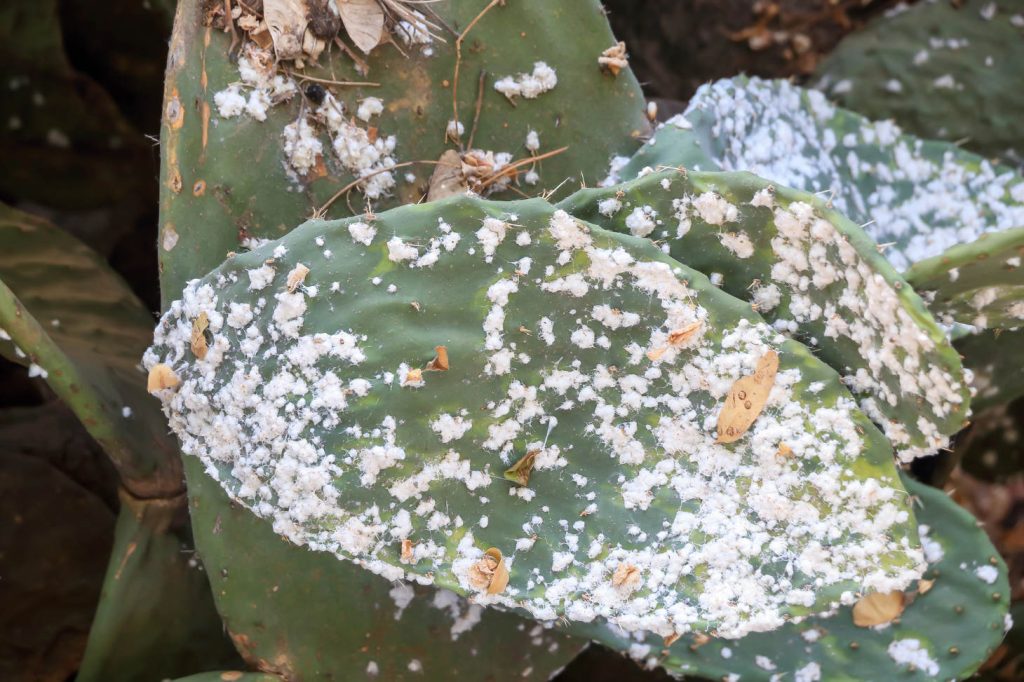
Cacti can turn white due to various reasons, ranging from environmental stress to pest issues. Identifying these causes is crucial to help your cactus stay healthy and vibrant.
Climatic Factors
Exposure to direct sunlight can cause a cactus to turn white. This is known as sunburn. While cacti love the sun, too much unfiltered sunlight causes damage. It’s important to determine the right Plant Hardiness Zone for your cactus, as some species are more sensitive to sunlight.
In addition, low humidity levels can lead to discoloration. If your cactus is in an overly dry environment, consider using a humidity tray or spritzing the air with water occasionally. Just make sure not to keep the soil too damp as this leads to other issues.
Watering Issues
Improper watering can greatly affect your cactus. Overwatering is a common mistake. It leads to root rot, which can cause the cactus to turn white and weaken the plant. Always check for well-drained soil to prevent water from sitting around the roots.
Moisture levels need careful monitoring. Ensure your cactus is watered only when the soil is completely dry. The frequency depends on the season; less water is needed in the colder months. Remember, it’s easier to recover from underwatering than overwatering.
Pest-Related Problems
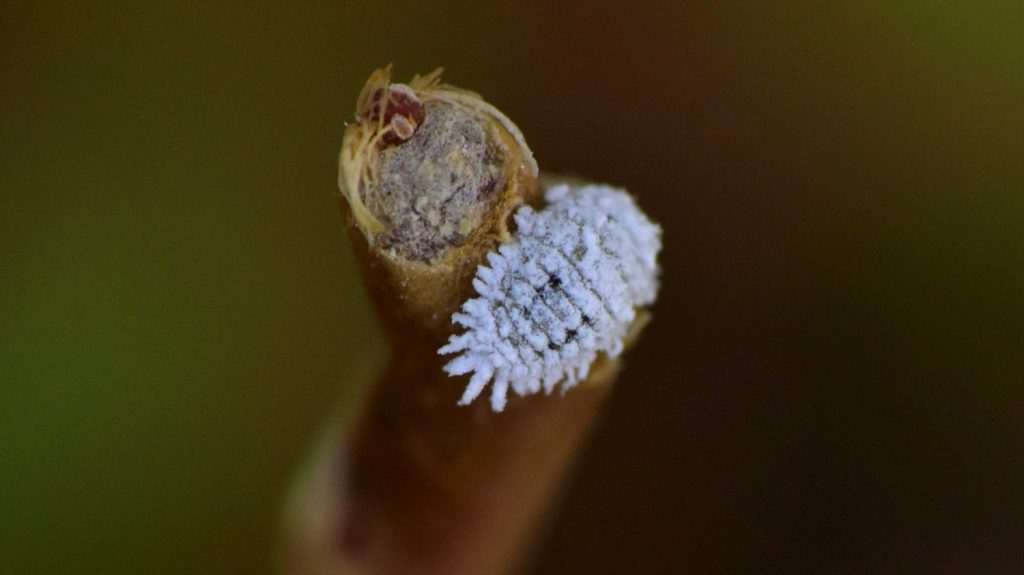
Pests can also lead to discoloration. Mealybugs are common culprits that damage cacti by sucking their sap. This causes the plant to weaken and turn whitish. Mealybug infestation is often noticeable as they leave a powdery residue and honeydew on the plant, which attracts sooty mold.
Regularly inspect your cactus for signs of pests. Effective pest control involves manually removing visible bugs and using insecticidal soaps if needed. Maintaining plant health with good sunlight and watering helps reduce susceptibility to these problems.
Caring for Affected Cacti
When your cactus starts turning white, it’s important to address the issue swiftly but also plan for its long-term health. Proper care involves immediate steps to stabilize the cactus, followed by ongoing strategies to prevent future problems.
Immediate Interventions
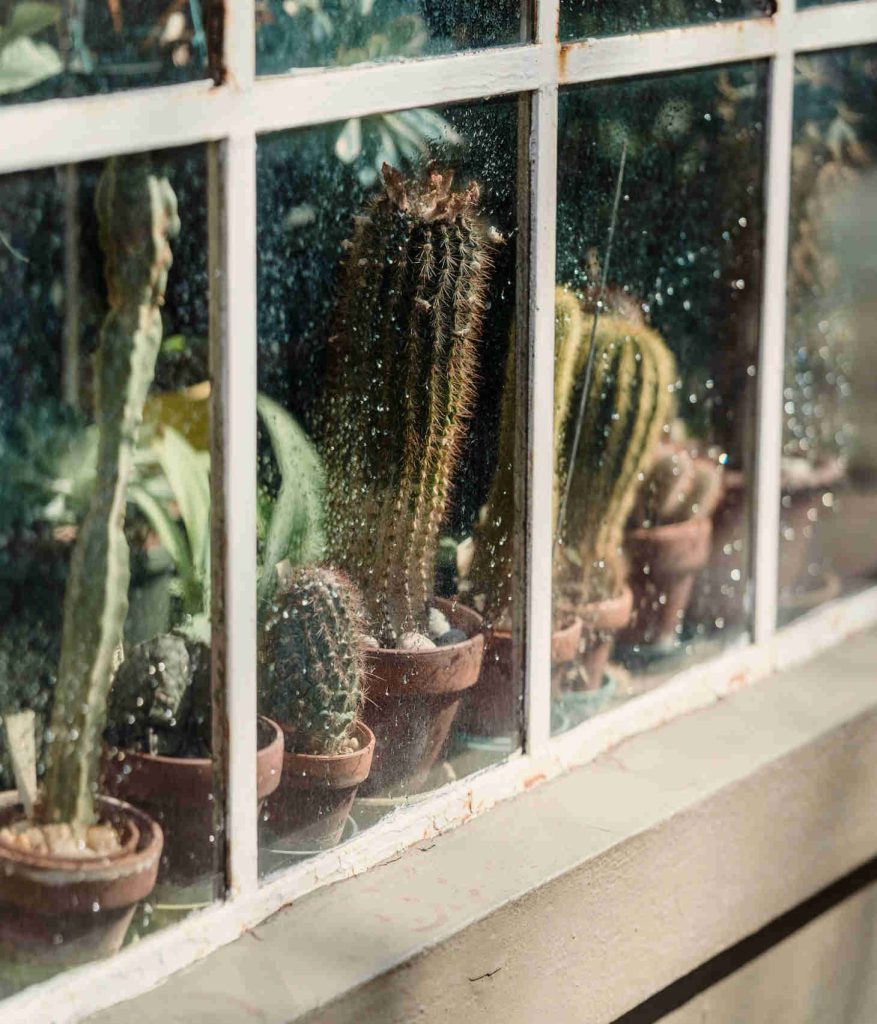
Begin by assessing the environment. Ensure your cactus is not exposed to too much direct sunlight, especially if it’s an indoor plant. Too much light can cause bleaching. Instead, place it in an area with filtered sunlight.
Check the watering schedule. Overwatering often leads to issues, so let the soil dry out completely between waterings. Examine the soil for damping off conditions. Repotting in well-drained soil might be necessary.
Inspect your plant for pests. Sometimes a simple wipe with a q-tip dipped in isopropyl alcohol can help remove any superficial issues on the surface.
Long-Term Health Strategies
Focus on providing well-drained soil for healthy growth. Make sure pots have drainage holes to avoid water stagnation. Regularly monitor and balance nutrients. Use an appropriate fertilizer, but steer clear of over-fertilizing.
If your cactus is wilting or shows signs of nutrient deficiency, consider adjusting your fertilization routine. Repotting every few years as your cactus grows will ensure it has enough space and fresh soil, which contains the needed nutrients.
Lastly, maintain adequate air circulation, especially for indoor plants. This helps to prevent mold and encourages healthy growth of your cacti.
Prevention Best Practices
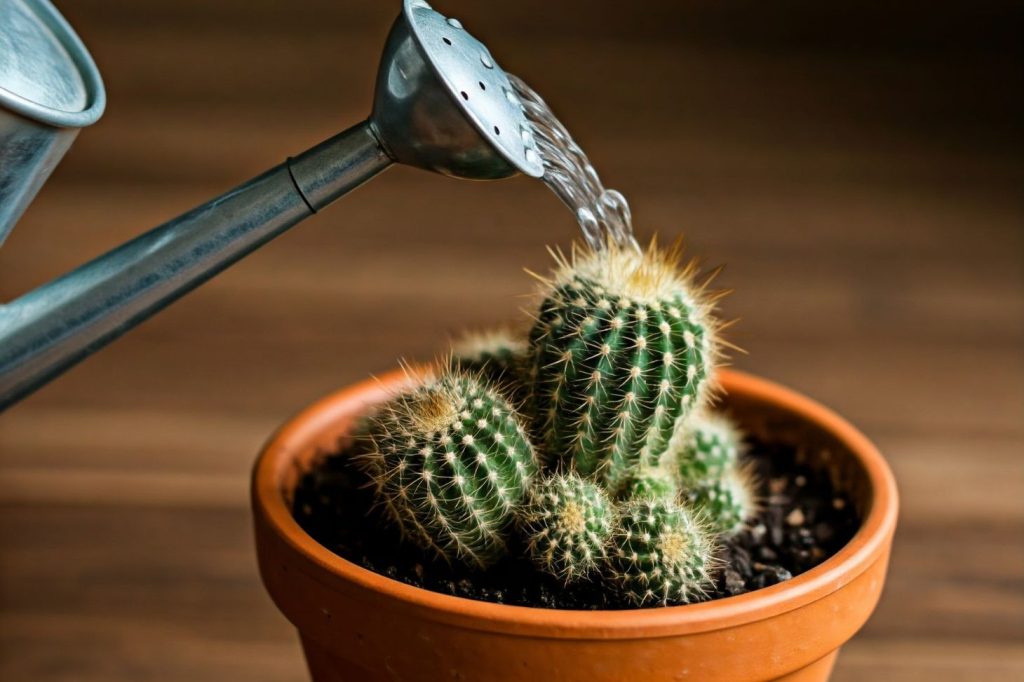
To keep your cactus from turning white, focus on proper watering and drainage. Cacti need less water than most plants. Allow the soil to dry completely between waterings. Use a soil mix designed for cacti and succulents, which drains well.
Ensure your cactus gets the right amount of light. Too much light can bleach the surface. Place them in bright, indirect light, especially in the spring and summer.
Maintain appropriate humidity levels. A dry environment is ideal for cacti. Avoid placing them in humid rooms like bathrooms. If humidity is high, increase air circulation to prevent issues.
Check fertilizer use. Over-fertilizing can harm your cactus. Use a cactus-specific fertilizer sparingly during the growing season. Follow recommended application guidelines.
Consider your region’s Plant Hardiness Zone. Cacti should be grown in conditions that are suitable for their native environment. If your area is too cold, grow them indoors or protect them during colder months.
Regularly inspect your cactus for signs of stress or illness, such as white patches or spots. Early detection can help you address any issue before it worsens.
Frequently Asked Questions

When a cactus turns white, it might be due to various factors such as light exposure, humidity levels, diseases, or natural aging. Understanding these causes will help you address and possibly reverse the change.
Why is my cactus turning white at the base?
The base of your cactus turning white could be due to moisture buildup or rot. Check the soil and ensure it isn’t too wet. Poor drainage or overwatering can lead to these issues. Adjust how often you water your cactus, and make sure it gets enough light without being overexposed.
What does it mean when a cactus starts to lose its color?
A loss of color in a cactus often suggests stress. This can happen from too much sun, extreme temperature changes, or insufficient nutrients. You’ll need to review its environment and care routine to identify what might be causing the stress.
How can I treat a cactus that turned white after sun exposure?
If sun exposure caused your cactus to turn white, you should move it to a more shaded area. Gradually reintroduce it to light to prevent shock. Ensure the soil is slightly moist, but avoid overwatering, and monitor the plant for recovery.
What causes white spots to appear on cacti?
White spots on cacti might be due to fungal infections, pests like mealybugs, or mineral deposits from hard water. Inspect the spots closely. If they’re pests, treat the cactus with appropriate insecticide. If it’s a fungus, keep the plant drier and apply a fungicide.
Is cactus corking a sign of disease, and how do I identify it?
Cactus corking typically isn’t a disease; it’s a natural aging process where the base becomes woody. It looks like a brown or grayish texture. Check if the corking is spreading abnormally fast, then it might signal a problem.
How can I restore the green color to a cactus that is turning yellow or white?
To restore color, make sure your cactus receives appropriate light and water. Adjust its watering schedule and consider repotting if the soil is exhausted. Feeding it with balanced cactus fertilizer can also help improve its health and color.

